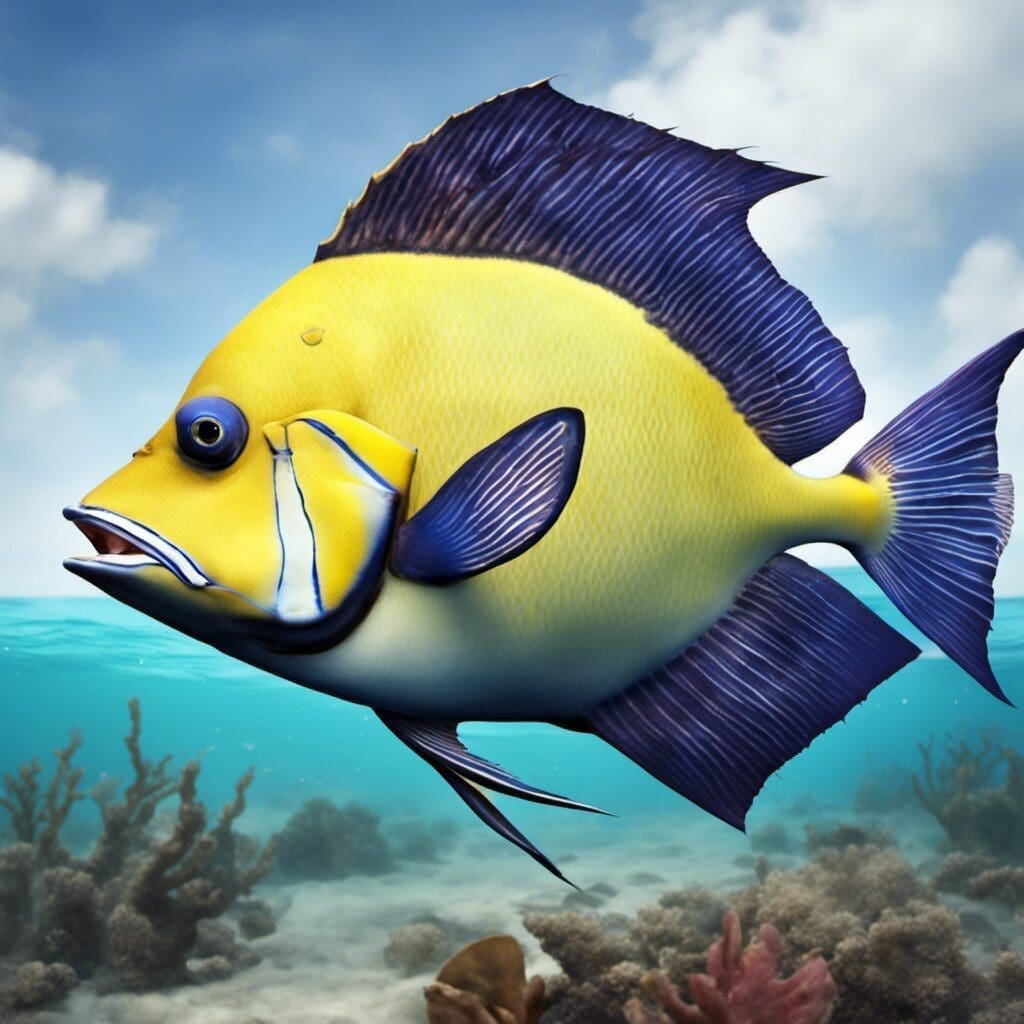Introduction
The Queen Triggerfish, scientifically known as Balistes vetula, is a fascinating species part of the Balistidae family. The family is renowned for its unique, vibrant aquatic species, none more so than the Queen Triggerfish with its striking appearance.
Conservation Status
The current conservation status of the Queen Triggerfish is rated as Least Concern by the International Union for Conservation of Nature (IUCN). Despite facing some localized threats, large-scale conservation efforts are not considered necessary for this species at present due to its relatively abundant population.
Statistics
The Queen Triggerfish is recognized by its distinctive characteristics, which differ from other species within its family. These include both physical and behavioral aspects:
| Stats | Average | Range |
|---|---|---|
| Length | 60 cm | 30-90 cm |
| Weight | 1.5 kg | 1 – 3 kg |
| Lifespan | 14 years | N/A |
Distribution
Queen Triggerfish are known to inhabit the Western Atlantic Ocean, typically in areas stretching from Bermuda and Florida to Southeast Brazil and the Gulf of Mexico.
Habitats
This species prefers warmer coastal reef environments but can also be found in deeper offshore waters. It typically resides at depths between 3 to 55 meters and can withstand temperature ranges from 20-28°C.
When and Where to See
Primarily a daytime species, the Queen Triggerfish is best spotted during daylight hours. It has no clear seasonal patterns of migration or habit changes and can be found year-round at certain coastal reef sites.
Best Fishing Locations
Places that are known to be excellent fishing spots for catching Queen Triggerfish include:
- Florida Keys, Florida, USA
- The Bahamas
- Mexican Gulf, Mexico
- Bermuda
- North Carolina, USA
How to Catch
The Queen Triggerfish is notorious for being a challenging catch due to its aggressive fighting style when hooked. Anglers often use live or cut bait such as crabs, squid, or small fish. Bottom fishing and spearfishing are common techniques used to catch this species.
Identification Guide
The Queen Triggerfish possesses a unique colour pattern, with shades of blue and green and a bright yellow margin along its dorsal fins. A dark spot is found just below the base of the dorsal fin, serving as a distinguishable characteristic compared to other similar species.
Culinary
The Queen Triggerfish is often eaten in soups and stews in Caribbean cuisines and is known for its mild, somewhat sweet taste. The filleted meat is often fried or cooked in butter, offering a variety of culinary uses due to its firm texture.
Additional Information
The Queen Triggerfish is a solitary species that feeds on a diet primarily consisting of sea urchins, crabs, and other small invertebrates. It has few natural predators, with its main threats coming from larger fish species and humans due to fishing activities.
References and Further Reading
For those interested in learning more about the Queen Triggerfish, several resources provide comprehensive information about the species:

